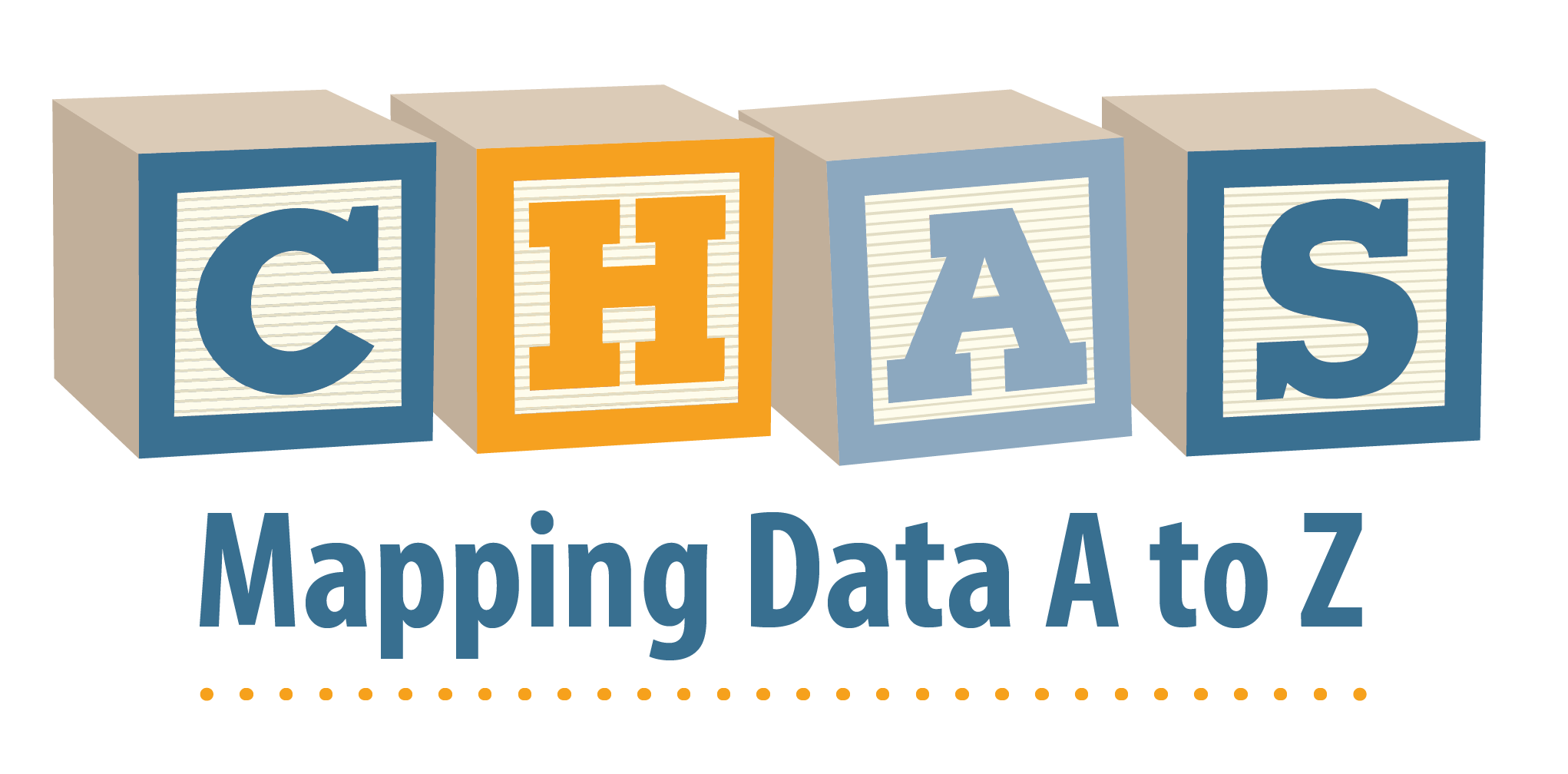
Job-based coverage has been on the wane in recent years, with 50.9 percent of Coloradans receiving insurance from their employer in 2015. That’s down from 57.7 percent in 2009. Still, a job is by far the most common way Coloradans gain health insurance.
Employer-sponsored coverage tends to be high quality. Coloradans who have insurance through a job enjoy better access to care and lower rates of underinsurance than those with other types of coverage, according to the 2015 Colorado Health Access Survey (CHAS).
But job-based coverage varies across the state. It’s more common in the northern half, with the highest rates in the suburban Douglas and Jefferson counties, home to many workers who commute to jobs in Denver. The darker the blue on this map, the greater proportion of residents have job-based insurance.
Most of the urban corridor along Interstate 25 has a relatively high rate, with around 50 percent of the population receiving coverage through a job. Rural communities score lower. Rural work is often seasonal and part-time, and these areas also attract retirees who are eligible for Medicare at age 65.
Job-based coverage is least common in a band that stretches from Mesa County in the west to Baca County on the border with Kansas and Oklahoma. This swath of the state depends on agriculture and mom-and-pop tourist businesses. In the region that covers Lake, Chaffee, Fremont and Custer counties, just under a third of the people have employer-sponsored insurance.
Rural areas that fare better are home to large employers. The northwest and southwest corners have oil and gas companies, and the Interstate 70 corridor through the mountains has large, developed resorts.
Colorado’s employment picture has improved since the 2015 CHAS. The state enjoyed the country’s fourth-lowest unemployment rate in April 2016. We’ll see if the state is lucky enough for that trend to continue through the 2017 CHAS, and how this map could change as a result.



